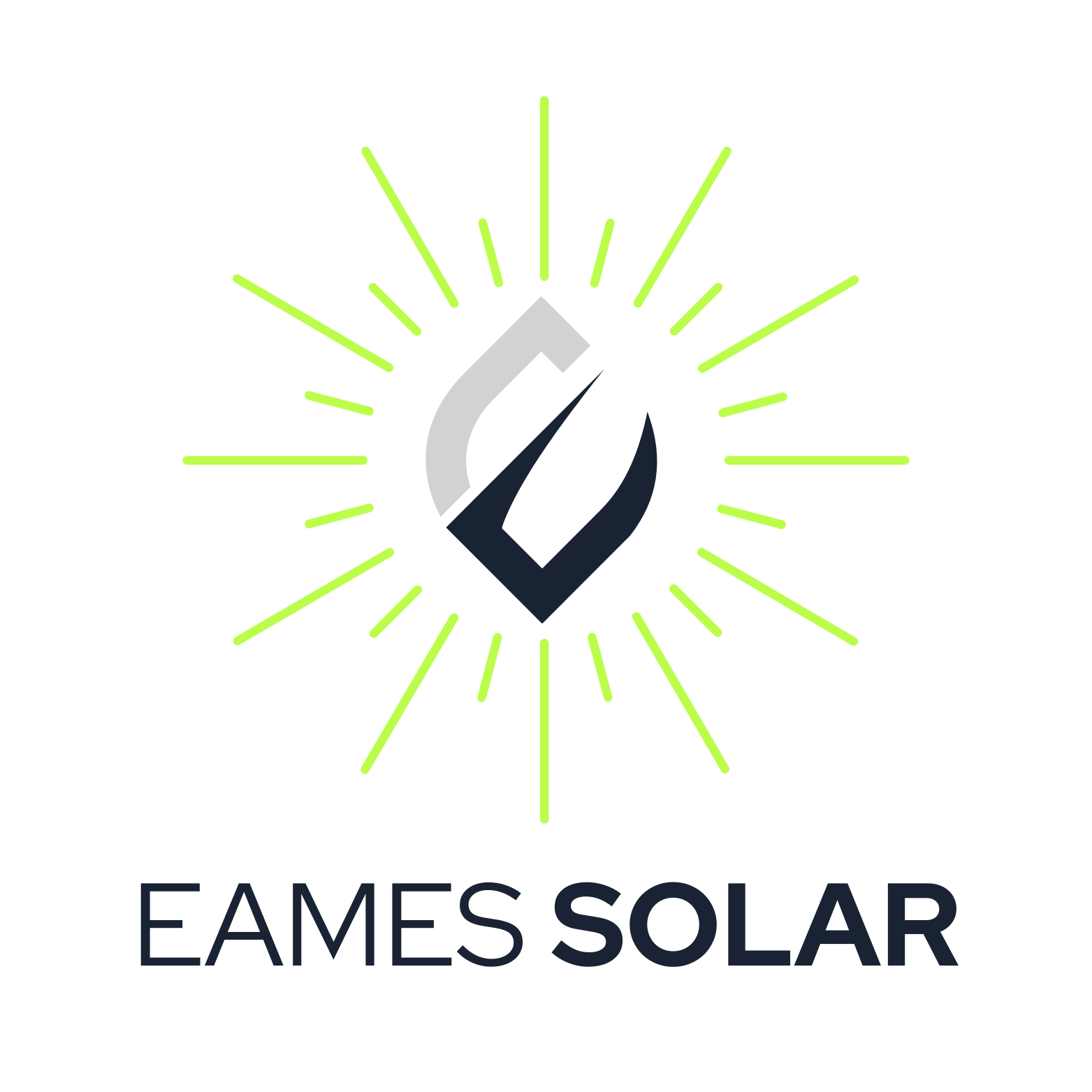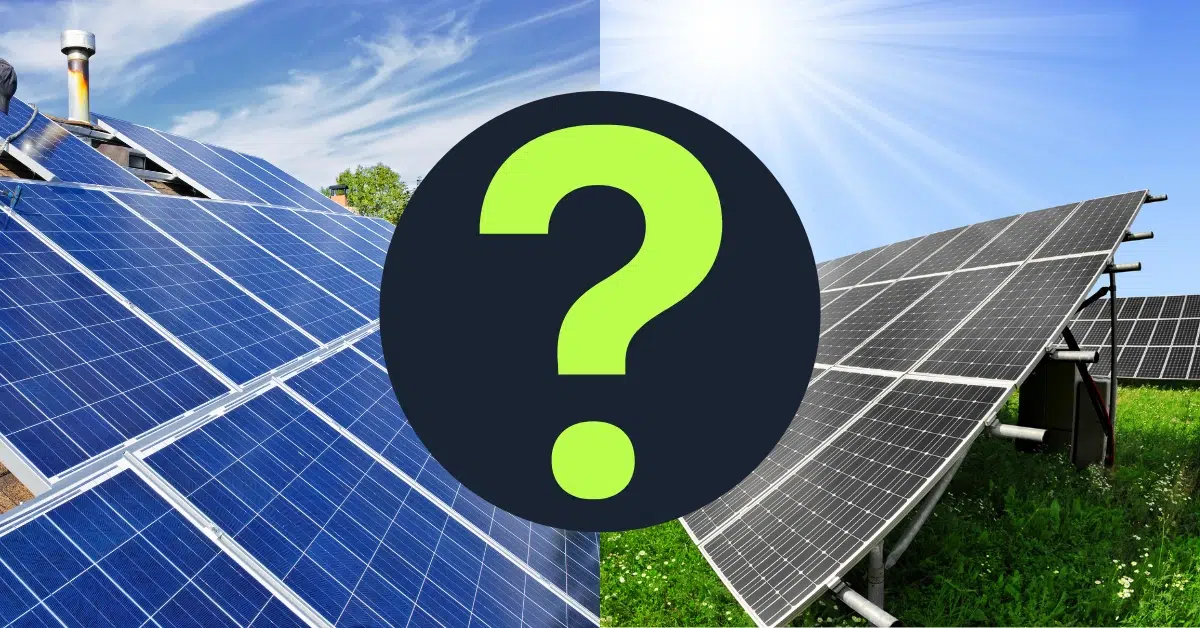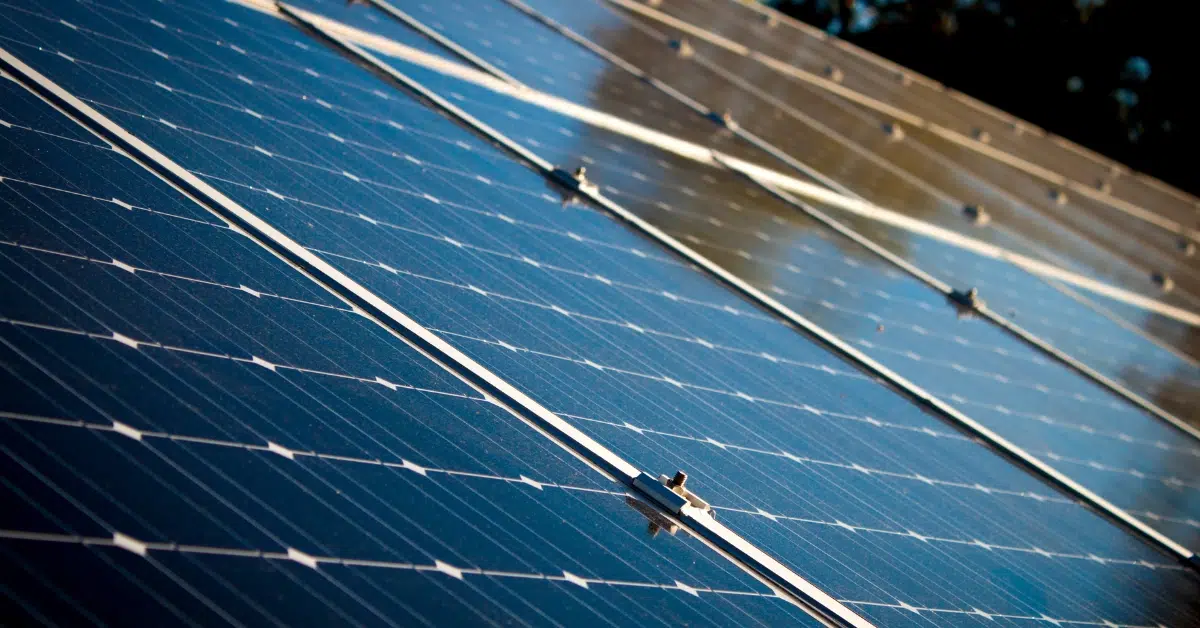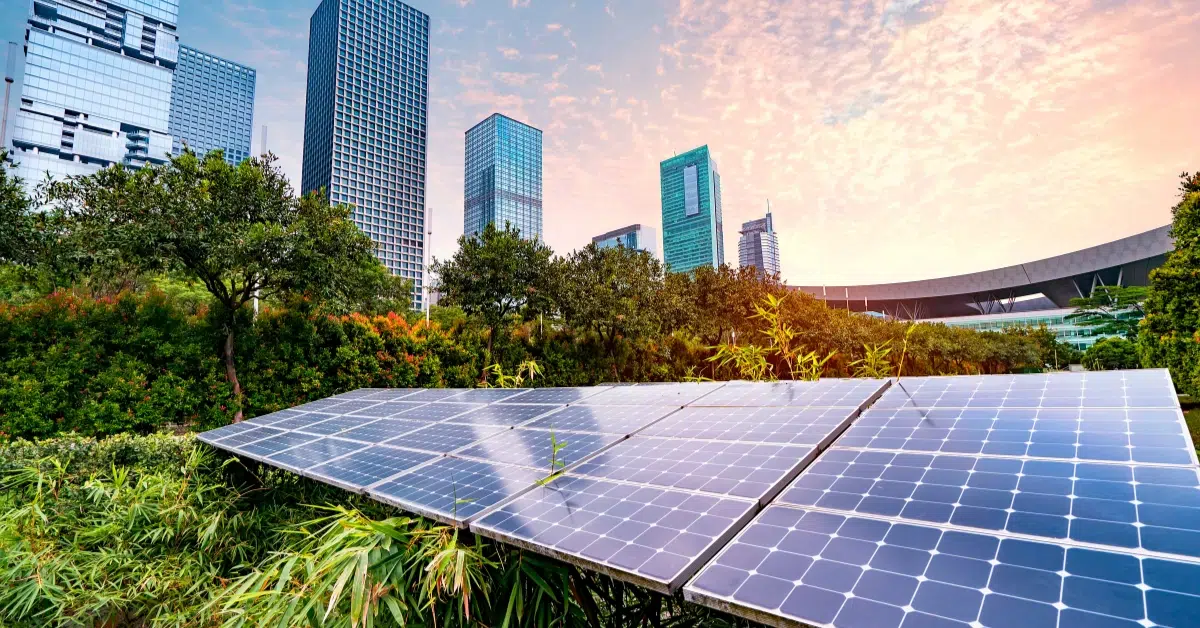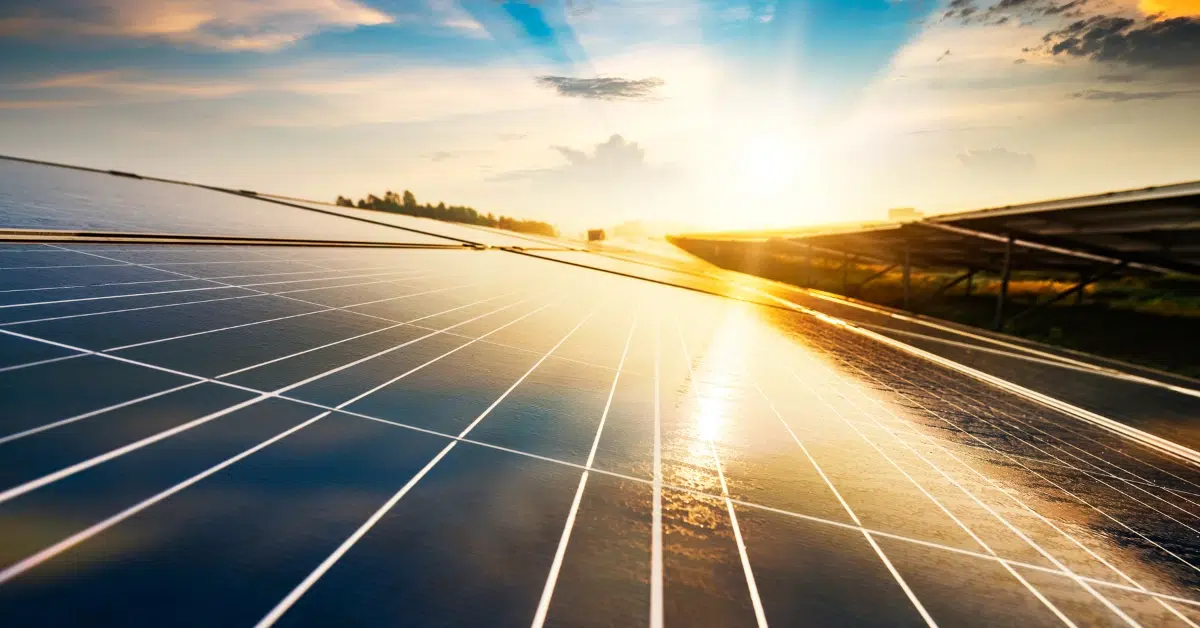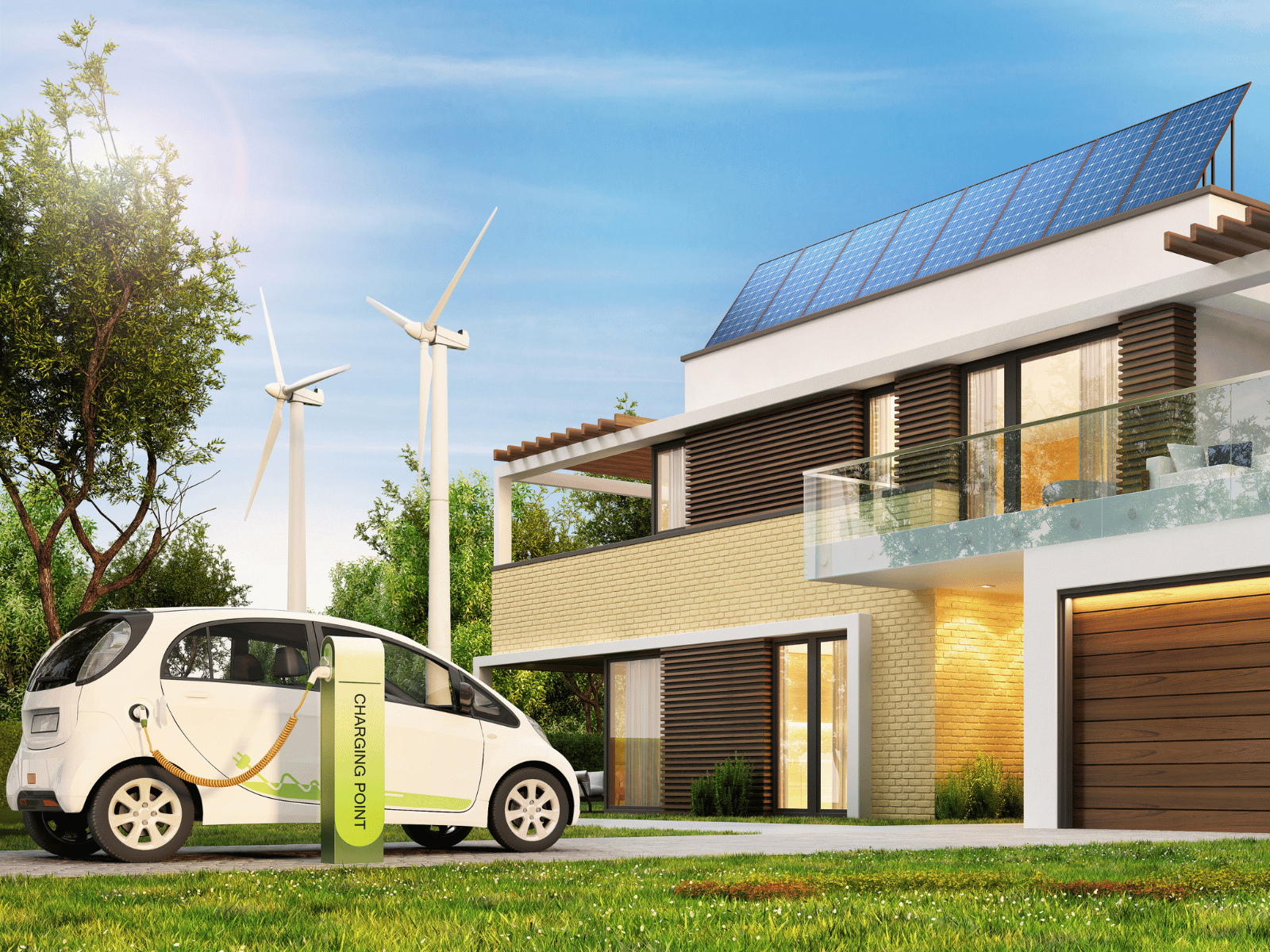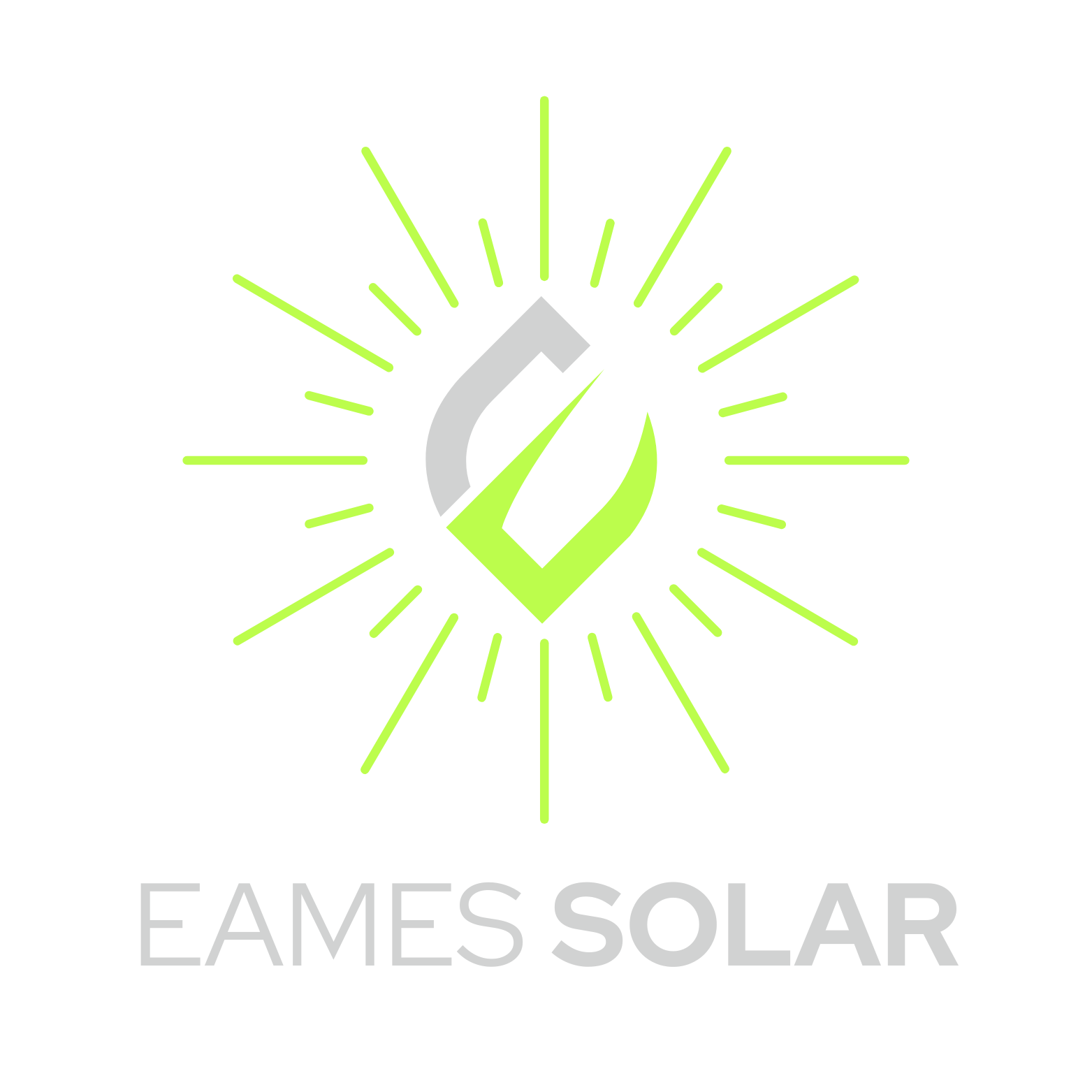Maintaining your solar panels is crucial for optimal performance. Regular solar panel maintenance ensures that dust, soot, and other particulates don’t reduce efficiency by up to 7%. You might have roof-mounted or ground-mounted systems, each with unique cleaning needs. For instance, cleaning solar panels on the roof can pose accessibility challenges. This blog will help you understand the differences in maintenance between these installation types, ensuring your panels remain efficient throughout the year.
Understanding Solar Panel Installation Types
When you decide to install solar panels, understanding the differences between roof-mounted systems and ground-mounted systems is crucial. Each type has unique characteristics that affect cleaning and maintenance.
Roof-Mounted Solar Panels
Characteristics of Roof-Mounted Systems
Roof-mounted systems are popular for residential installations. They utilize existing roofs, such as RCC roofs or metal roofs, to support the panels. This setup maximizes space efficiency, especially in urban areas where ground space is limited. Roof mounts make use of the roof’s angle to optimize solar energy capture, which can enhance the efficiency of your solar power system.
Common Challenges in Cleaning
Cleaning solar panels on roof installations presents several challenges. Accessibility is a primary concern. You often need special equipment to reach the panels safely. The steep pitch of some roofs can make cleaning difficult and risky. Additionally, debris like leaves and dust can accumulate, affecting the panels’ efficiency. Regular maintenance is essential, but it can be less frequent compared to ground-mounted systems due to the natural cleaning effect of rain on sloped surfaces.
Ground-Mounted Solar Panels
Characteristics of Ground-Mounted Systems
Ground-mounted systems offer flexibility in placement and orientation. You can adjust the angle of the panels to maximize solar energy absorption throughout the year. This setup is ideal for properties with ample land space. Ground mounts provide easy access for maintenance and cleaning, making them a practical choice for large-scale installations like a kWp ground-mount solar power plant.
Common Challenges in Cleaning
While ground-mounted systems are easier to clean, they still face challenges. Dust and dirt can accumulate more quickly due to their proximity to the ground. However, you can clean these panels effectively with simple tools like a water hose, dish soap, and a soft rag. Professional cleaning services may not be necessary, saving you costs. Ground mounts vs. solar roof installations offer more peace of mind when it comes to accessibility and safety during maintenance tasks.
Safety and Accessibility in Cleaning Solar Panels On Roof or Ground
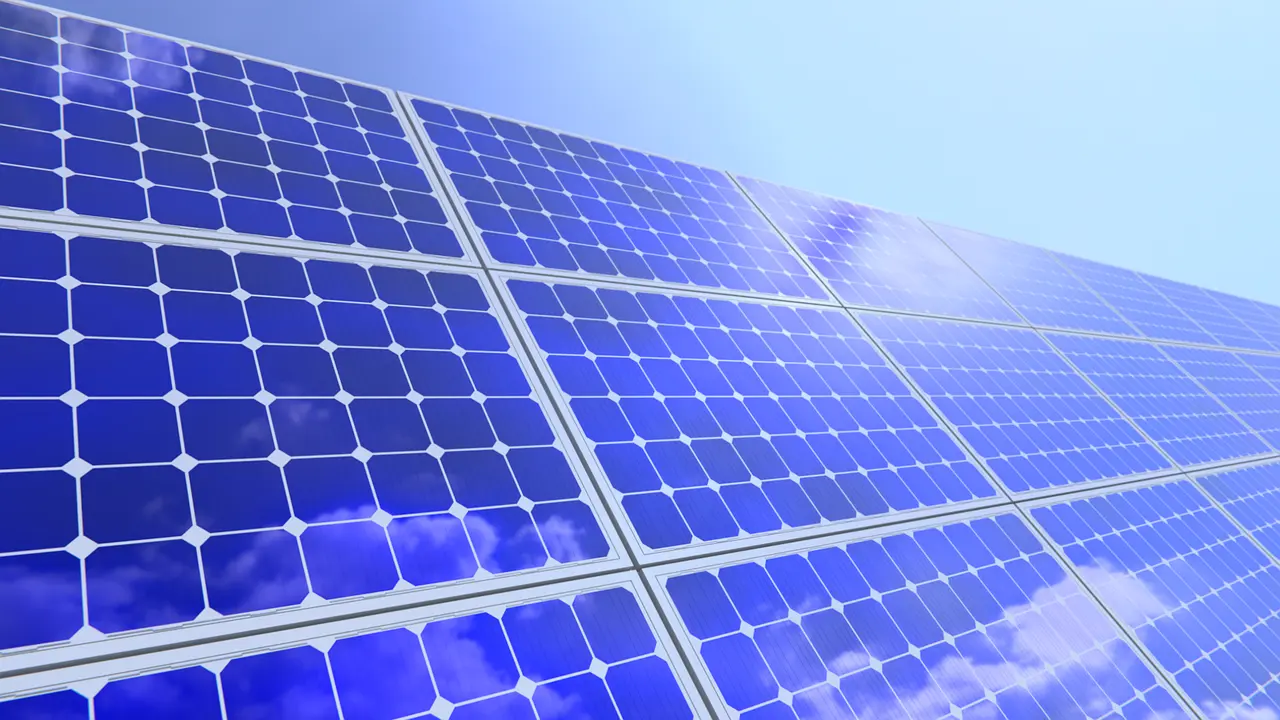
Safety Considerations for Cleaning Solar Panels
Risks and Precautions
When cleaning solar panels on the roof, you must prioritize safety. The risk of falls is significant, especially on steep roofs. You should always use a sturdy ladder and ensure it is on stable ground. Wearing non-slip shoes can help prevent accidents. Expert Testimony: According to Expert Safety Services, using purified water for cleaning is crucial. It removes dirt without damaging the panels, ensuring their longevity. Improper cleaning might void your warranty, so check your contract details before starting.
Equipment and Gear
Proper equipment is essential for safe cleaning. You need a harness if working on a steep roof. A long-handled brush can help you reach panels without stepping on the roof. Use a hose with a gentle spray to rinse the panels. In San Diego, where dust accumulation is common, regular cleaning is necessary to maintain efficiency. Expert Testimony: Solar Superintendent emphasizes that professional cleaners ensure thorough cleaning without damaging your system.
Accessibility Challenges in Cleaning Rooftop Solar
Tools and Equipment Needed
Accessibility is a major challenge when cleaning roof-mounted panels. You need specific tools to reach them safely. A telescopic pole with a soft brush attachment can be very useful. In San Diego, the presence of dust and debris requires frequent cleaning. Ensure you have a water-fed pole system to clean without climbing onto the roof. This method reduces the risk of accidents and ensures safety measures are undertaken.
Manpower Deployment
Manpower deployment is crucial for efficient cleaning. You may need additional help to manage equipment and ensure safety. Having someone on the ground to assist with tools and monitor safety can be beneficial. In San Diego, where solar panel installations are common, professional services often provide teams for effective cleaning. Their presence ensures that all safety protocols are followed, minimizing risks.
Cleaning Techniques for Solar Panels
Cleaning Solar Panels on Roof
Tools and Equipment Needed
When you clean solar panels on the roof, you need specific tools to ensure efficiency and safety. A telescopic pole with a soft brush attachment is essential. This tool allows you to reach the panels without stepping onto the roof. A gentle water hose is also necessary to rinse off dirt and debris. Using de-ionized water is recommended to prevent streaks that can reduce panel effectiveness. According to Expert Safety Services, this method ensures thorough cleaning without compromising the panels’ performance.
Safety Considerations
Safety is paramount when cleaning roof-mounted solar panels. You should always use a sturdy ladder placed on stable ground. Non-slip shoes are crucial to prevent accidents. If your roof is steep, wearing a harness provides additional safety. The risk of falls is significant, so it’s important to take precautions. Regular cleaning is vital to maintain efficiency, as dust accumulation can reduce energy production by up to 30 percent in just one month, as highlighted by MIT News. Ensuring safety while cleaning helps maintain the longevity and performance of your solar panels.
Cleaning Ground-Mounted Solar Panels
Tools and Equipment Needed
Cleaning ground-mounted solar panels is generally easier and requires fewer tools. A simple water hose, dish soap, and a soft rag are often sufficient. You can clean these panels effectively without the need for professional services, saving costs. The proximity to the ground means dust and dirt can accumulate quickly, so regular cleaning is necessary. Forbes recommends using a basic cleaning solution and a soft sponge to avoid damaging the glass and reducing energy production.
Safety Considerations
While cleaning ground-mounted panels is safer than roof-mounted ones, you should still take precautions. Ensure the area around the panels is clear of obstacles to prevent tripping. Regular cleaning not only maintains optimal performance but also maximizes gain from your solar arrays. Scientific Research Publishing suggests that regular cleaning is economically beneficial, improving efficiency and maximizing gain. This is particularly important for commercial installations, where maintaining high efficiency is crucial for cost-effectiveness.
Maintenance Insights for Optimal Performance
Regular Maintenance Practices to Maintain Solar Panels
Frequency of Cleaning
Regular cleaning is essential to keep your solar panels operating efficiently. Dust and dirt can reduce their efficiency by 30 to 40 percent. Fenice Energy recommends cleaning every 6-12 months for optimal results. This schedule helps maintain energy output and ensures you get the most from your investment.
Seasonal Considerations
Seasonal changes can affect how often you need to clean your panels. In dry, dusty climates, more frequent cleaning might be necessary. During rainy seasons, natural cleaning can reduce the need for manual intervention. Adjust your cleaning schedule based on local weather patterns to maintain peak performance.
Cost Implications
Cost of Professional Cleaning Services
Hiring professionals to clean your solar panels can cost between $150 and $300, depending on the number of panels. On average, professional cleaning costs about $25 per panel. Bundling cleaning with an annual inspection can be cost-effective, ensuring both cleanliness and functionality.
DIY Cleaning Costs
If you choose to clean the panels yourself, the costs are significantly lower. Basic supplies like a water hose, dish soap, and a soft rag are usually sufficient. Automated cleaning systems can also reduce costs and improve power output by minimizing manual labor. Regular DIY cleaning helps maintain efficiency without breaking the bank.
Benefits and Drawbacks of Each Installation Type
Roof-Mounted Solar Panels
Advantages
- Space Efficiency: Roof-mounted systems utilize existing roof space, making them ideal for urban areas where ground space is limited. This setup maximizes your available area without occupying additional land.
- Cost-Effectiveness: These systems often prove more cost-effective. They use the roof as a foundation, reducing installation costs. You can achieve a good return on investment with simpler installation processes.
Disadvantages
- Accessibility Challenges: Cleaning and maintenance can be difficult due to accessibility issues. You may need special equipment to reach the panels safely, which can increase maintenance costs.
- Limited Flexibility: Roof-mounted panels may face shading issues from nearby structures or trees. This limitation can affect energy production, as you cannot easily adjust the panel angle for optimal sun exposure.
Ground-Mounted Solar Panels
Advantages
- Flexibility in Positioning: Ground-mounted systems offer the best control over the array’s direction and angle. You can optimize sun exposure, enhancing energy production without the constraints of roof angles.
- Easy Access for Maintenance: These systems provide easy access for cleaning and repairs. You can perform maintenance tasks more safely and efficiently, reducing the need for professional services.
- Scalability: Ground mounts allow you to add more panels as your energy needs change. This scalability makes them a great choice for future expansion.
Disadvantages
- Space Requirements: Ground-mounted systems require more space. If your property has limited land, this could be a significant drawback.
- Higher Initial Costs: The installation of ground-mounted panels can be more expensive. You need additional materials and labor to set up the system, which might increase upfront costs.
“Ground-mounted systems provide more flexibility in positioning for maximizing energy production.” This flexibility can be a deciding factor if you have ample land and want to optimize your solar investment.
Performance and Replacement Considerations
Performance Reports and Analysis
Monitoring Tools
To ensure your solar panels operate efficiently, you need to use monitoring tools. These tools help track the performance of your solar energy system. They provide real-time data on energy production, allowing you to identify any issues quickly. By using these tools, you can maximize the return on your investment in solar energy systems. Regular monitoring helps you maintain optimal performance and address any inefficiencies promptly.
Data Interpretation
Interpreting the data from your monitoring tools is crucial. You should look for patterns in energy production and identify any deviations from expected performance. This analysis helps you understand the impact of factors like weather conditions and panel degradation on your system’s efficiency. By understanding these patterns, you can make informed decisions about maintenance and potential upgrades. Regular data interpretation ensures your solar panels continue to provide maximum energy output.
When to Replace Solar Panels
Signs of Wear and Tear
Over time, solar panels may show signs of wear and tear. You should look for physical damage, such as cracks or discoloration, which can affect performance. Decreased energy output is another indicator that your panels may need replacement. According to a Solar Panel Degradation Study, solar panels can lose efficiency over time, impacting their ability to generate energy. Regular inspections help you identify these signs early and plan for replacement if necessary.
Cost-Benefit Analysis
When considering replacing your solar panels, you should conduct a cost-benefit analysis. Evaluate the costs of new panels against the potential savings from improved efficiency. Consider the long-term benefits of reduced energy bills and increased energy production. According to Key Information about Solar Energy Systems, investing in new panels can lead to significant financial savings over time. By weighing the costs and benefits, you can make an informed decision about when to replace your solar panels.
You’ve learned the key insights into cleaning and maintaining solar panels. Roof-mounted systems offer space efficiency but pose accessibility challenges. Ground-mounted panels provide easier maintenance and flexibility, especially if you plan to expand your system. When choosing between these options, consider your maintenance capabilities and energy needs. Regular upkeep ensures optimal performance and longevity. Whether you aim for off-grid living or efficient urban energy use, understanding these factors will guide your decision. Prioritize maintenance in your choice to maximize your solar investment.
